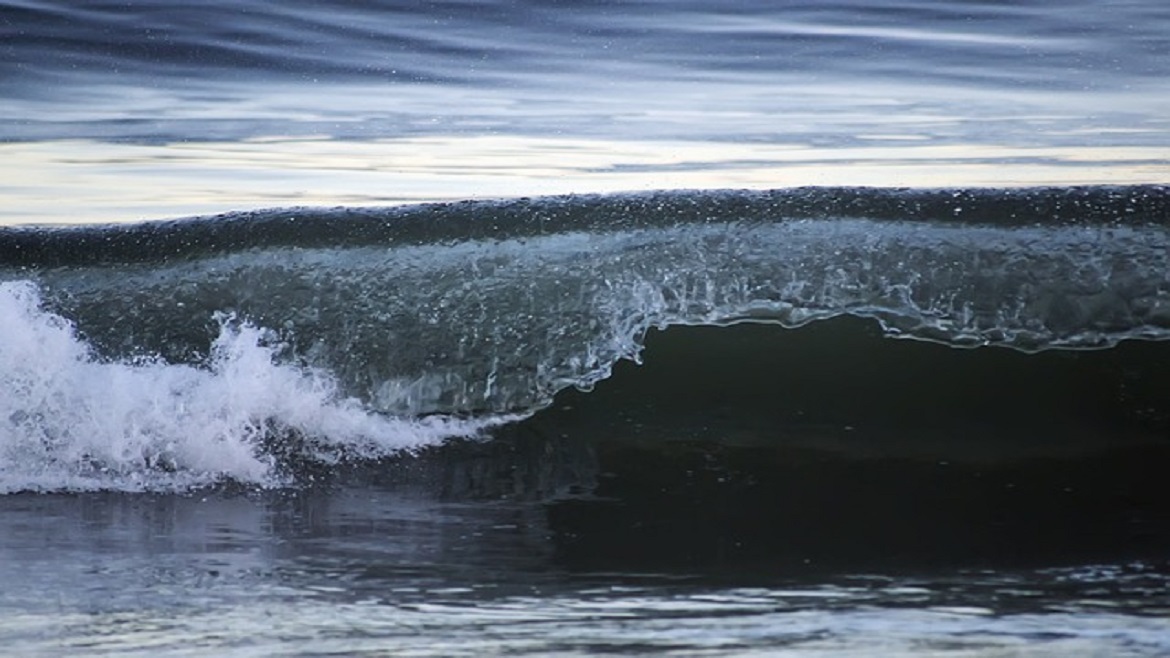The difference between the capital available and the economic costs of ending overfishing is what Duke University’s Nicholas Institute for Environmental Policy Solutions and the Environmental Defense Fund are calling the “fisheries finance gap”.
This finance gap matters because the key elements of tackling the challenge of overfishing across different contexts are—more or less — known. They include setting and enforcing science-based limits on fishing that link economic incentives for compliance and robust monitoring, while protecting the habitats where fish live. Smaller-scale fisheries may require unique approaches, based on international guidelines published recently by the UN’s Food and Agriculture Organisation.
Some of the first countries to industrialise fishing and ultimately overfishing have shown success in introducing some or all of these elements to rebuild depleted stocks. However, fewer large-scale examples can be found in the tropics—the recent efforts of Pacific Island countries to manage purse seine tuna fishing in their waters may be one example. The fisheries finance gap may be one potential reason for fewer large-scale examples in the tropics. In these cases, the economic costs of fixing the problem are high and often fall to heavily indebted governments, discouraging action from the start.
The role of private capital
Over the last five years, as public budgets have tightened in many countries, enthusiasm has grown over the potential of private capital to help fill this gap. However, private investment to help end overfishing during these years has been slower than anticipated, as few bankable projects have materialised.
Acknowledging that the explanation may simply be a lack of "elbow grease" to get out there and develop projects, the Nicholas Institute and the Environmental Defense Fund revisited this finance gap to get more specific about the role of private capital. Our new report breaks this financing gap down into three sequential stages of reform over which costs are incurred:
- leading a process that results in setting limits on fishing that fishers will actually comply with—through some mix of carrots and sticks;
- monitoring fishing behaviour and enforcing the new limits in order to rebuild the fish stocks; and
- adjusting fishing operations and supply chains to be more productive and profitable as fish stocks recover.
For most countries I would also add the step of providing compensation in some form to fishers for temporary reductions in fishing and incomes, for example through direct cash transfers, payouts, support for re-training or start-ups. All of this takes time to do at a large scale—years if not decades—though once fishing behaviour actually starts to change, recovery may happen quickly in some cases. Breaking the financing gap down like this made it clear that different players and entities would likely lead different steps, and hence incur the costs that needed to be funded in order to fill the gap.
Towards a blended capital approach
That’s where our "blended capital" approach to filling the fisheries finance gap comes in. Yes, we need to unlock private capital, but we are still probably going to need philanthropy and public capital for the early stages of the process in many cases, such as building consensus around new rules to limit fishing. If these different sources of capital work together from the start (for example by forming an investors’ roundtable for a given country/region/fishery), efficiencies can be gained. This could help to make more funds available—moving us further toward filling the fisheries finance gap and eventually meeting the SDG target to end overfishing.
In almost any context the early stages of rebuilding fisheries may often still need philanthropic or public funding, while the latter stages will likely need private capital. One of the hardest parts of solving overfishing, in any given context, is often finding agreement and compliance with fishers on scientifically sound rules to limit fishing and protect habitats. These first steps are usually the hardest to take and the hardest to fund. But by focusing on increasing both the types and amount of available capital to fill the fisheries finance gap, and utilising one to leverage the other during different stages, blended capital approaches may help remove an important obstacle to beginning the rebuilding process in many of the world’s fisheries.
The views and opinions expressed in this article are those of the authors and do not necessarily reflect the views of The Economist Intelligence Unit Limited (EIU) or any other member of The Economist Group. The Economist Group (including the EIU) cannot accept any responsibility or liability for reliance by any person on this article or any of the information, opinions or conclusions set out in the article.




